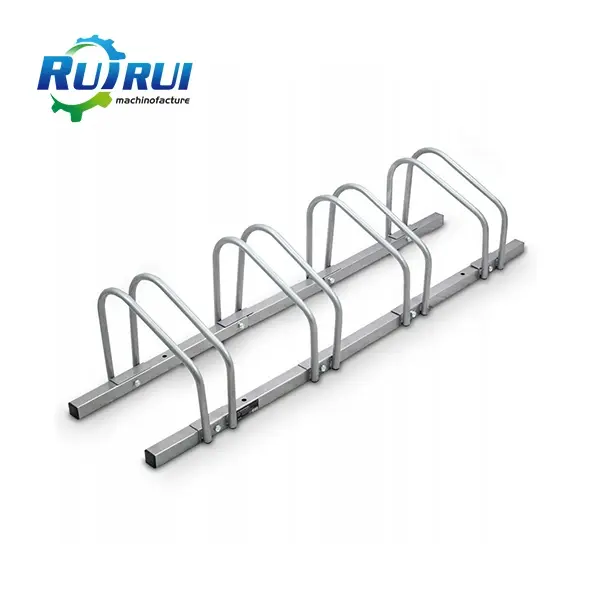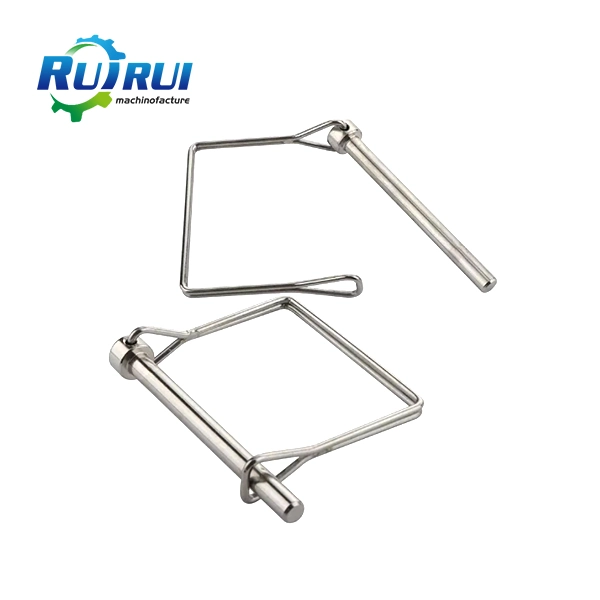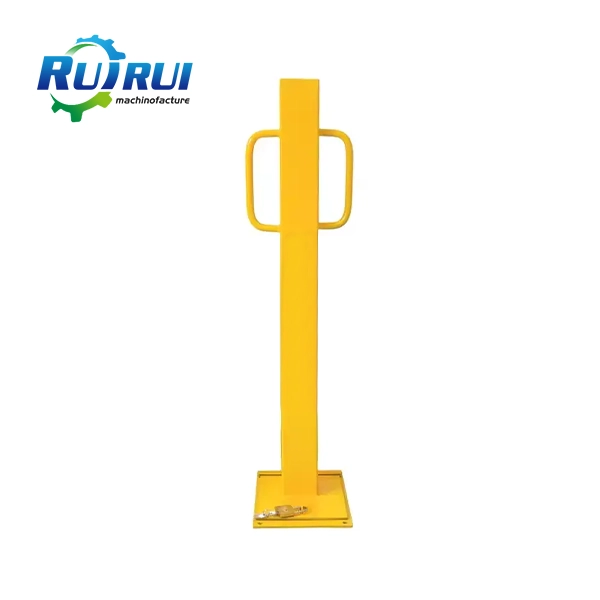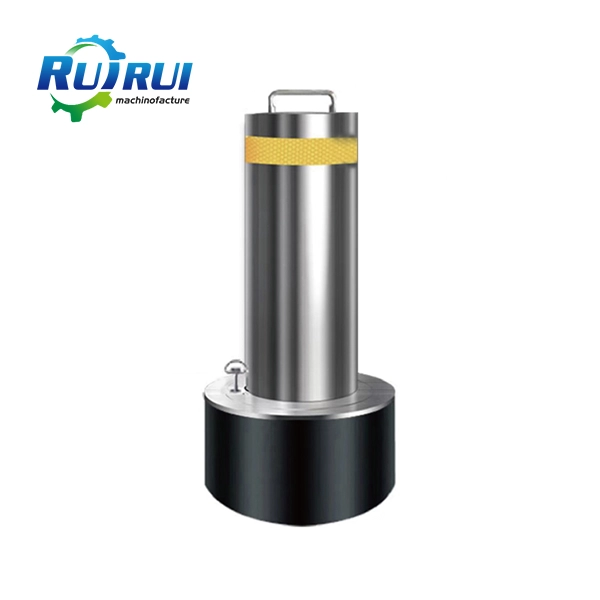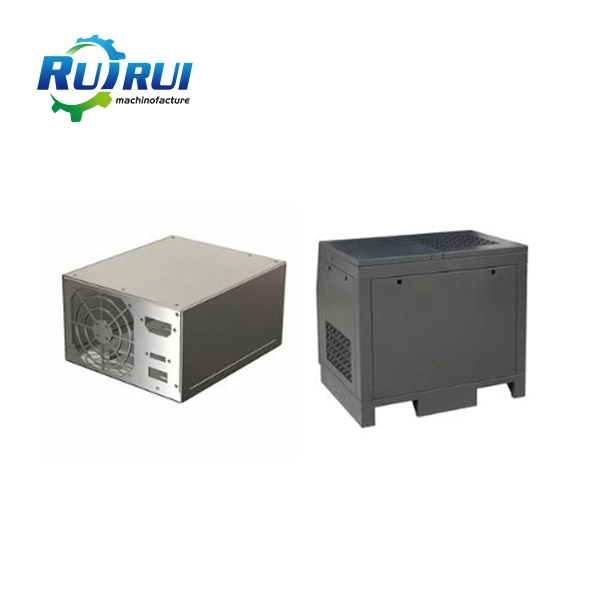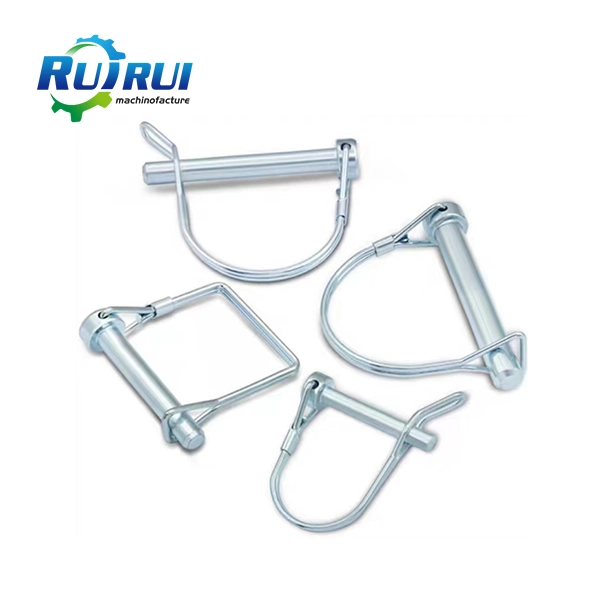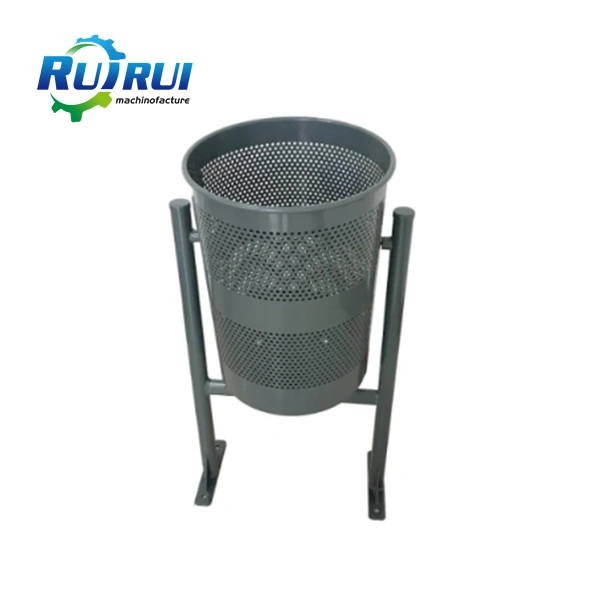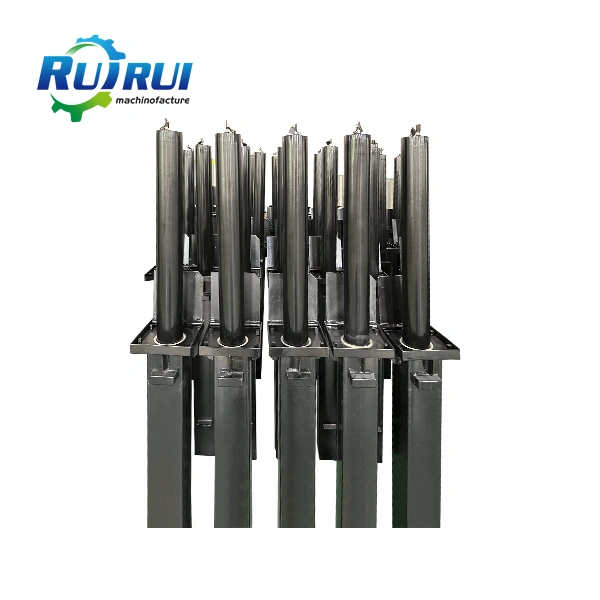What Are the Different Types of Bollards?
Bollards are short, vertical posts used to control and direct road traffic, protect buildings and pedestrians, and ensure security. They come in various forms, including fixed, removable, and telescopic. In this blog, we focus on telescopic bollards, their uses, and their benefits. Telescopic bollards are particularly versatile due to their ability to retract into the ground when not in use, offering both functionality and aesthetic appeal. Here, we explore the main questions surrounding telescopic bollards: "How do telescopic bollards work?", "What are the benefits of telescopic bollards?", and "Where are telescopic bollards typically installed?"
How Do Telescopic Bollards Work?
Mechanism of Operation
Telescopic bollards are designed to be retractable, allowing them to be raised or lowered as needed. The operation typically involves a manual or automatic mechanism. In manual systems, a key is used to unlock the bollard, which can then be raised or lowered with the help of a handle or lever. Automatic systems use hydraulic or electric mechanisms to control the bollard's movement, often operated by remote control, keypad, or sensor systems.
Installation Process
The installation of telescopic bollards involves embedding a ground sleeve into the surface where the bollard will be installed. This sleeve houses the retracted bollard and provides the structural support necessary for its operation. The top of the sleeve is flush with the ground when the bollard is lowered, ensuring it does not obstruct pedestrian or vehicular traffic. Proper installation is crucial for the bollard's functionality and longevity, requiring precise excavation and secure embedding in concrete.
Maintenance Requirements
Maintaining telescopic bollards is essential to ensure their continued operation and effectiveness. Regular maintenance includes checking the locking mechanisms, lubricating moving parts, and inspecting for any signs of wear or damage. For automatic systems, it is also important to check electrical or hydraulic components regularly. Timely maintenance helps prevent operational failures and extends the life of the bollards.
What Are the Benefits of Telescopic Bollards?
Versatility and Flexibility
One of the primary benefits of telescopic bollards is their versatility. They can be used in various settings, from high-security areas to commercial properties, and provide a flexible solution for controlling access. Their retractable nature means they can be raised to restrict access or lowered to allow free passage, adapting to different security needs and situations.
Aesthetic Appeal
Telescopic bollards offer a neat and unobtrusive solution compared to fixed bollards. When not in use, they retract fully into the ground, preserving the area's aesthetic appeal. This is particularly beneficial in urban environments and heritage sites where maintaining visual harmony is important. The ability to blend functionality with aesthetics makes telescopic bollards a preferred choice for many architects and urban planners.
Enhanced Security
Telescopic bollards provide robust security, capable of withstanding significant impact forces. They are often used in locations requiring high-security measures, such as government buildings, embassies, and airports. Their presence acts as a deterrent to potential threats, and their strength ensures that any unauthorized vehicle attempting to breach the secured area will be stopped effectively.
Where Are Telescopic Bollards Typically Installed?
Urban Areas and Pedestrian Zones
In urban areas, telescopic bollards are commonly used to control vehicular access to pedestrian zones. These areas, which include shopping streets and public squares, benefit from being vehicle-free during certain times, enhancing pedestrian safety and comfort. Telescopic bollards allow for flexible access control, accommodating delivery vehicles during specific hours and retracting to provide an unobstructed space for pedestrians the rest of the time.
Private Driveways and Entrances
For residential and commercial properties, telescopic bollards provide an effective solution for controlling access to private driveways and entrances. Property owners can restrict unauthorized vehicle entry, enhancing security and privacy. Automatic telescopic bollards add convenience, allowing residents and authorized personnel to control access without leaving their vehicles, using remote controls or keypad systems.
High-Security Areas
High-security areas such as government buildings, military installations, and embassies often employ telescopic bollards as part of their security infrastructure. These bollards help prevent unauthorized vehicle access while allowing for controlled entry and exit of authorized vehicles. The robust construction and impact resistance of telescopic bollards make them suitable for protecting critical infrastructure from potential vehicular threats.
Conclusion
Telescopic bollards are an innovative solution for controlling vehicular access and enhancing security across various settings. Their retractable design offers both functionality and aesthetic benefits, making them suitable for urban areas, private properties, and high-security installations. Understanding how telescopic bollards work, their benefits, and typical installation scenarios helps in selecting the right bollard for specific needs, ensuring safety, security, and convenience.
References
Bollards Direct - A Comprehensive Guide to Telescopic Bollards
Marshalls - Telescopic Bollards: How They Work and Where to Use Them
ATG Access - Benefits of Telescopic Bollards in Urban Environments
Reliance Foundry - Understanding the Different Types of Bollards
Automatic Bollards - The Advantages of Retractable Bollards
Security Bollards Direct - High-Security Telescopic Bollards
Urban Security Solutions - Installing Telescopic Bollards in Pedestrian Zones
Barrier Systems - Maintenance Tips for Telescopic Bollards
Architectural Bollards - Aesthetic and Functional Benefits of Telescopic Bollards
Urban Mobility - The Role of Bollards in Modern Urban Planning
For more information, feel free to contact us at info@qdkshd.com for more product details.
Send Inquiry
Related Industry Knowledge
- What Are the Different Types of Bollards?
- What is a Mounting Bracket?
- What was the purpose of a pump cover?
- What is a pump cover plate?
- How do you maintain or inspect link plates?
- What is the difference between link plates and other types of connectors?
- How do link plates contribute to structural integrity?
- What materials are used for street furniture?
- What materials are link plates made from?
- What are the different types of bollards?
